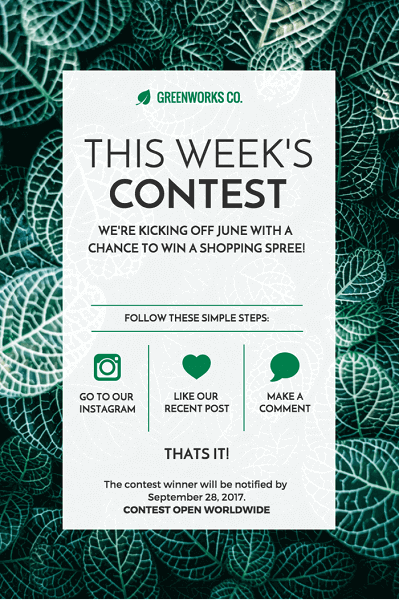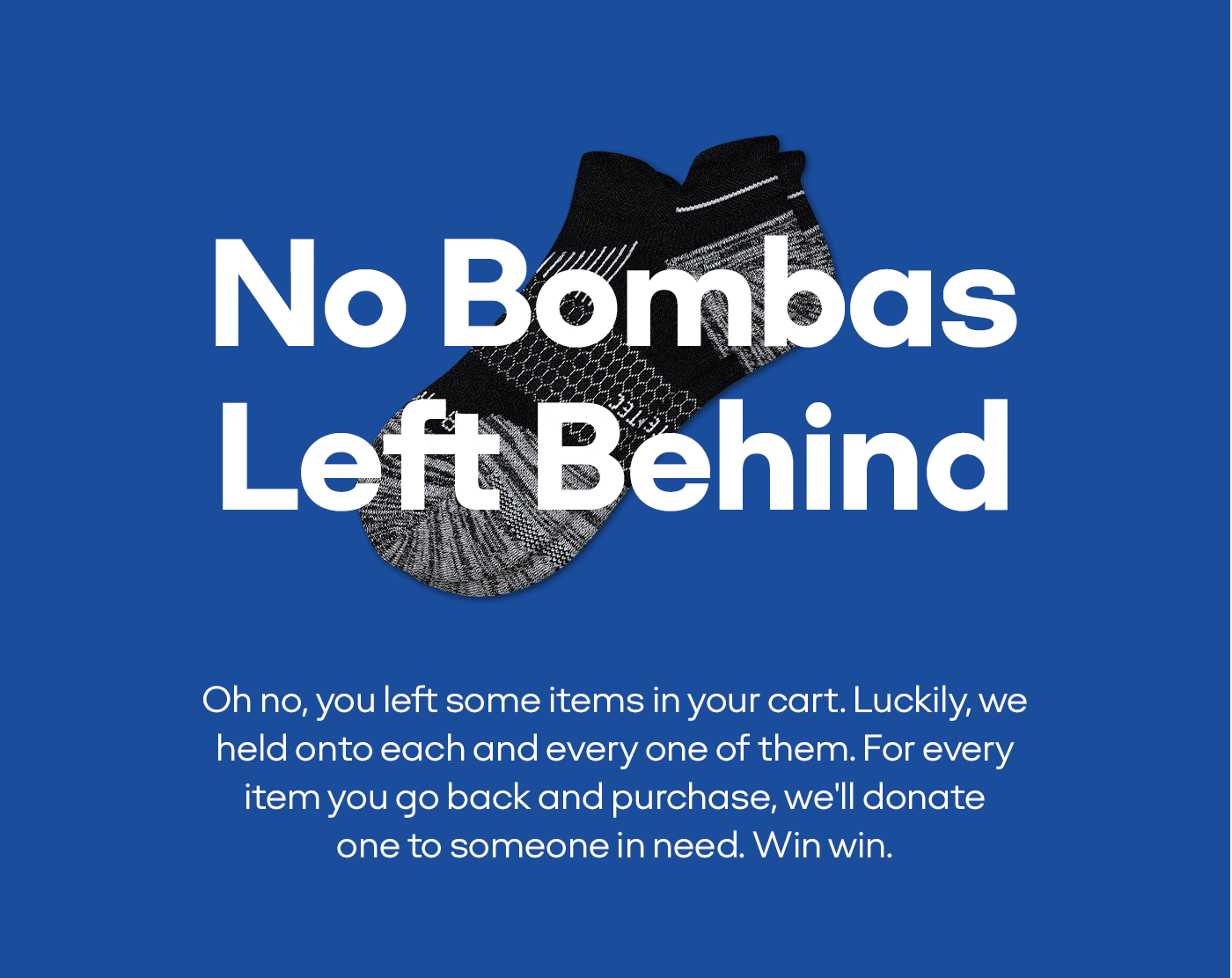A well-crafted newsletter is more than just another email in your inbox; it’s an effective tool for delivering constant traffic to your website and building genuine relationships with your target audience. Without a defined approach, even the most beautifully designed newsletter might become unwelcome spam or end up in the trash folder. The secret to success is to create material that is both engaging and valuable to your reader. Something that catches their attention, pushes them to open it and prompts them to take action. In this article, we’ll look at how to create newsletters that stand out, engage your readers, and generate tangible results for your organization.
1. Define Your Audience
Understanding the audience well is crucial to making your email genuinely relevant. Your newsletter should, like any other piece of content you produce for your brand, provide readers with useful information and insights that foster strong connections and the development of trust. Find out first what your audience is passionate about, the industries they operate in, and what subjects interest them the most. One of the most effective ways to get this information is to ask. This can be done by surveying to learn what your subscribers want to see in your newsletters.
Keep in mind that there is no one-size-fits-all audience. There could be a variety of subscriber types, each with their demands and preferences.
This method enables you to better adapt your content, ensuring that it speaks directly to the interests of each group. Once you’ve determined the primary goal of your audience, stick to it so that they always know what to expect when they open your newsletter.
2. Craft a Compelling Subject Line
A compelling subject line does half of the job in a newsletter email. Your subject line should pique readers’ curiosity and offer the ideal overview. If a subject line isn’t short, readable, relevant, and engaging, it won’t draw in the intended audience.
Consider using short and interesting subject lines, eye-catching emojis when applicable, and compelling information that will entice a customer to explore more.

The following two statistics may assist you in determining what makes a compelling subject line:
Open rates were increased by 29% when recipients’ names were added to the subject line of a personalized email.
According to Invespcro, subject lines with 1–5 words have an open rate of 16%, those with 6–10 words of 21%, and those with 11–15 words of 14%.
It’s crucial to test several versions with your audience to see what works best for them.
It is imperative to make sure that the content of your newsletter article fulfills the promise stated in the subject line, regardless of the strategy you choose for it.
3. Provide Valuable Content
Sending a newsletter isn’t only for show. Consider the subjects that interest your readers. Compose content that speaks directly to and is relevant to your readers.
Free content that appeals to your audience’s interests is essential to marketing and selling. Give until they begin to see you as a knowledgeable authority in your industry and their trusted advisor. Once you do, there won’t be any more selling necessary because your audience will inevitably want to know what you would suggest they do to resolve their issue or become well.
Therefore, you must do in-depth research on and understand the problems of your target market.
You may customize email newsletters to your audience and increase the likelihood that they will convert by segmenting your subscriber list. Keep off irrelevant or generic information, as it could lead to unsubscribes.
Not only can relevant content draw in and keep subscribers, but it may also initiate a natural process that facilitates the promotion of your goods or services.
4. Keep It Concise
It’s no secret that as technological channels grow, so does our tolerance for delay. Everywhere we look, messages are piling up. To keep readers interested, your newsletter should be brief, real, and actionable. Therefore, refrain from long introductions and pointless chitchat. You can read further: How Long Should a Newsletter Be?

5. Use a Clear Layout
Your newsletter’s layout and style are as crucial to its content. Your message will be easier to understand if it is laid out neatly and logically. Use bullet points to emphasize important ideas, headings to divide content into sections, and brief paragraphs to maintain an interesting flow. An email that is overly wordy and crowded is likely to be ignored.
6. Include Visuals
Even if your newsletter’s subscribers might not read every word, they might be better able to retain the main points by taking a glance at your visuals.
However, as a general guideline, the following major graphics need to be included in the layout of your newsletter:
Logo: Serves as a brand introduction for the recipients.
Brand color: Assists in keeping the email consistent.
Fonts: Guarantees that the text of your newsletter is readable
Call-to-action buttons: encourage the consumer to make a choice
White space: Gives your reader visual breaks
Added graphics: images, videos, or drawings.
You should not make the mistake of using an excessive amount of visual elements when creating a newsletter. Additionally, stay away from generic stock photographs and, whenever possible, use original visuals to distinguish and personalize your material. Make sure that any images you include in your newsletter are properly sized and optimized for email so they load quickly and don’t interfere with your content and layout.
7. Personalize When Possible:
According to Epsilon’s research, 80% of consumers are more likely to make a purchase when offered personalized service.
The goal of personalization is to establish a connection with your audience and boost engagement by utilizing the recipient’s name, location, and other relevant information.

Although personalization has a lot of potential, there are a few frequent mistakes that companies should stay away from. Excessive customization is one of them. It is critical to strike the correct balance between personalized and generic content. Bombarding consumers with too many personal facts can come across as intrusive or creepy, resulting in a bad perception of the brand.
8. Include a Call to Action (CTA)
The value of having a clear and effective CTA on your website stems from the fact that it promotes conversions. Visitors may become disoriented or decide to abandon your website without taking any action if you don’t provide them with a clear way to proceed. On the other side, a well-crafted call to action (CTA) can assist raise the possibility that site visitors will follow through on the intended action and become clients or customers. You may boost conversions, expand your client base, and expand your company by directing visitors toward the goal you have in mind.

For instance, use two different CTAs if your service has both a premium and a free edition.
9. Ensure Mobile-Friendliness
Businesses must make sure their newsletters are mobile-friendly as more people access emails on their phones.
Mobile devices are used to open over 60% of emails. Using a responsive email template is one approach to guarantee that your emails show correctly.
Before you schedule the final design, send yourself test emails and make sure you’re verifying how your email looks across browsers, email providers, and devices.
Convertnow guarantees that your emails will display properly on smaller screens and also allows sending of test emails.
10. Test and Optimize
It’s embarrassing when a link fails or a design element seems crooked. Though your newsletter may appear flawless, this is rarely the case, especially when it is your first attempt. You must test your newsletter using appropriate email testing tools that can examine and debug everything to identify and eliminate any mistakes.
Other testing methods include A/B testing, which compares the performance of two variations of the same email created for different audience segments, sending times, and so forth.
Therefore, it’s a good idea to select your two best emails and send them to a sample of your email list, unless your message is extremely urgent and has a limited shelf life.
11. Maintain Consistency
Maintaining consistency in your email newsletter lets subscribers know what to expect from you. Subscribers to your weekly newsletter anticipate receiving emails from you once a week, no more, no less. Your brand’s reputation will suffer if you are careless and inconsistent, and pestering customers with more emails than they signed up for will cause them to unsubscribe fast.
12. Proofread
Carefully go over your email, paying special attention to the grammar and structure of sentences in each word. Keep an eye out for typical problems including improper word choice, inappropriate wording, and grammar.
Beyond only pointing out punctuation mistakes, proofreading emails improve their readability and professionalism as a whole.
If you’re composing an essential email, ask for help. Since you will always read your words in the spirit that you meant, a second reader may notice things in your writing that you will never notice.
13. Provide an Easy Unsubscribe Option
There will always be those readers who decide not to receive your emails, regardless of how interesting your content is. Don’t take it personally. An unsubscribe rate of 0.2-0.5% is considered normal. If it surpasses 0.5%, you should analyze and enhance your unsubscribe emails. Offering a straightforward “unsubscribe” option is crucial to prevent your list’s unqualified subscribers from distorting your click-through, open, and conversion rates.
Even with departing subscribers, you may still make a good impression by including a lighthearted, amusing note in your farewell message.
Conclusion
Newsletters have the power to greatly improve your relationship with readers when done correctly. However, publishing a great newsletter requires effort, from establishing clear objectives to improving the reader experience. By following these guidelines, you’ll be well-equipped to create compelling newsletters that connect with your target audience and produce results.
Leave a Reply